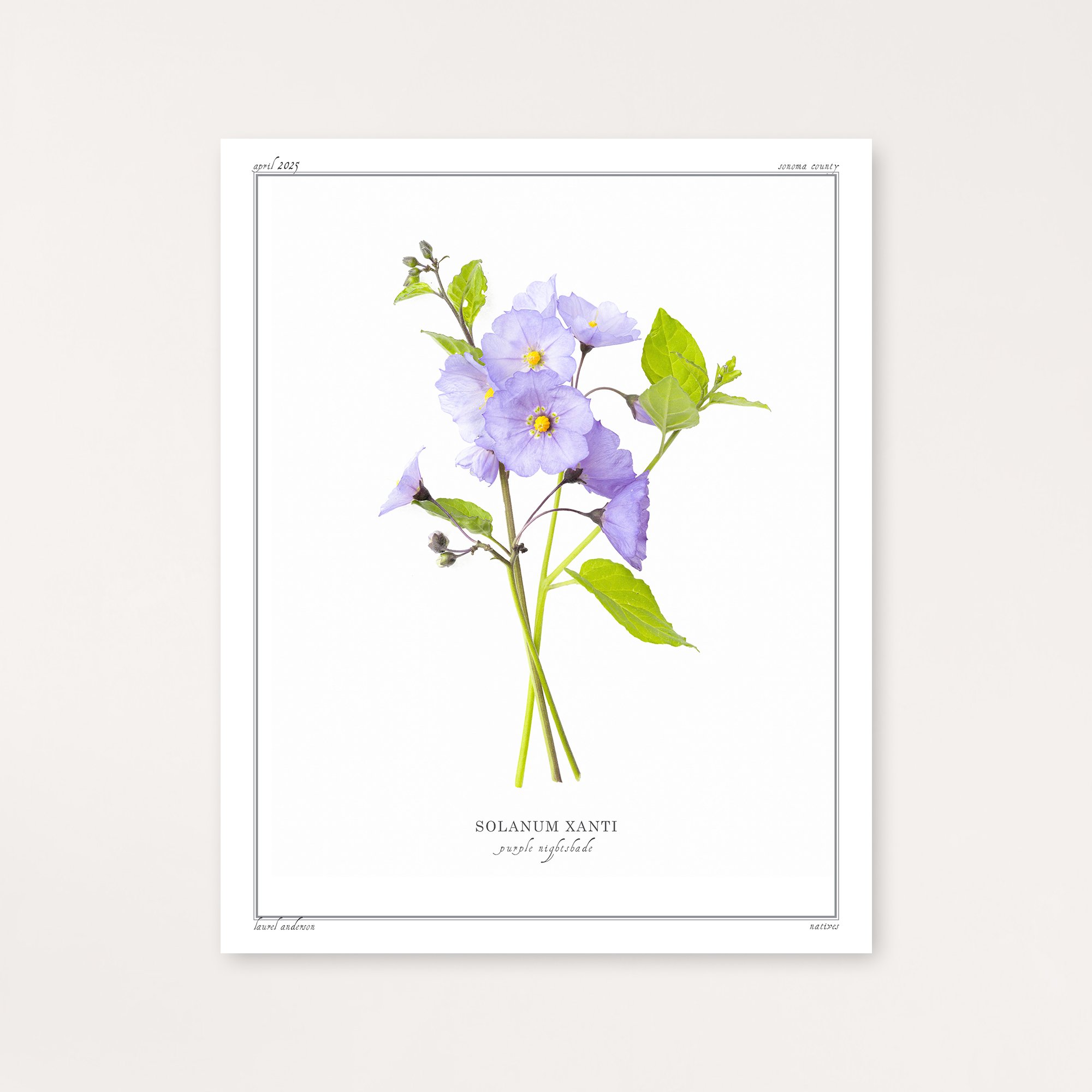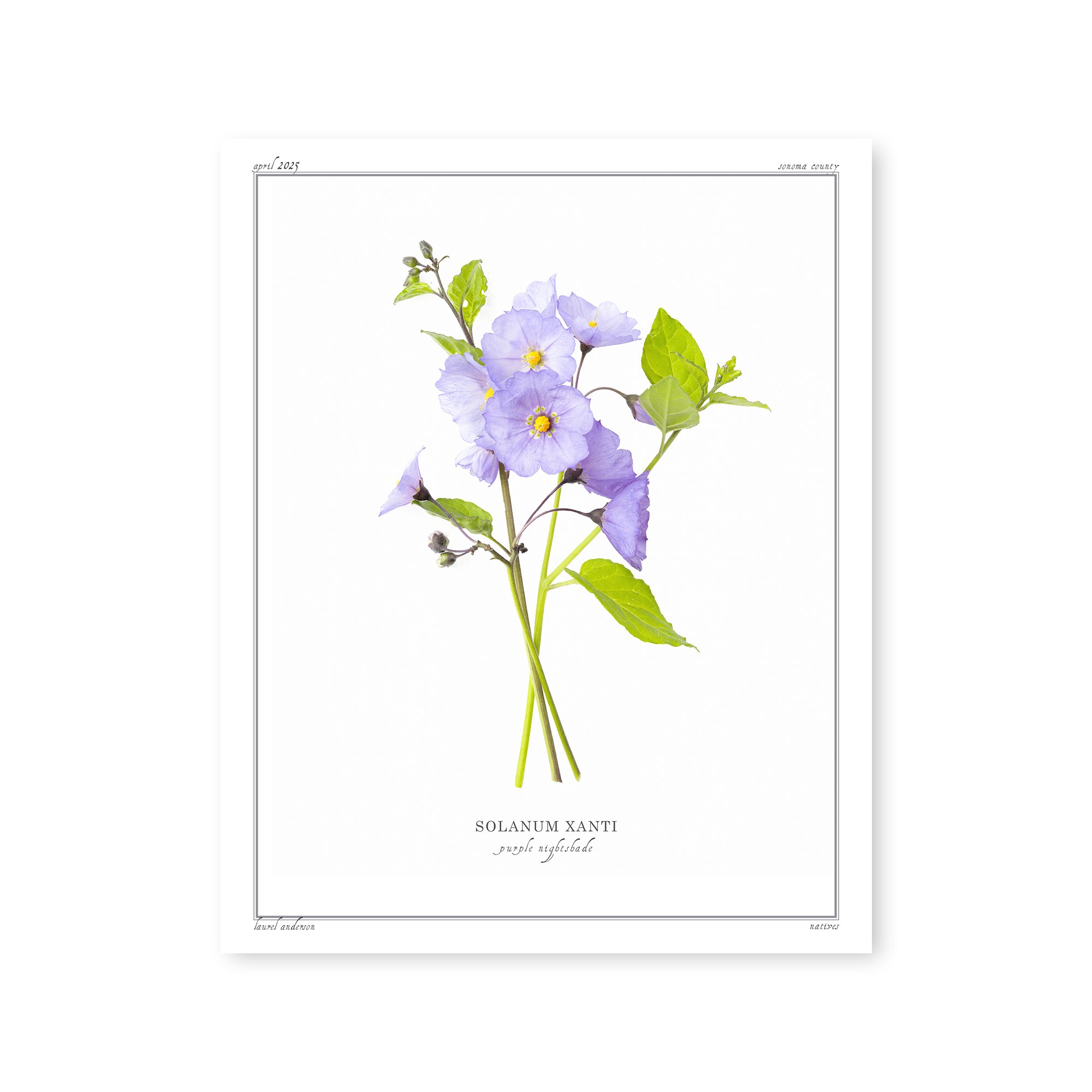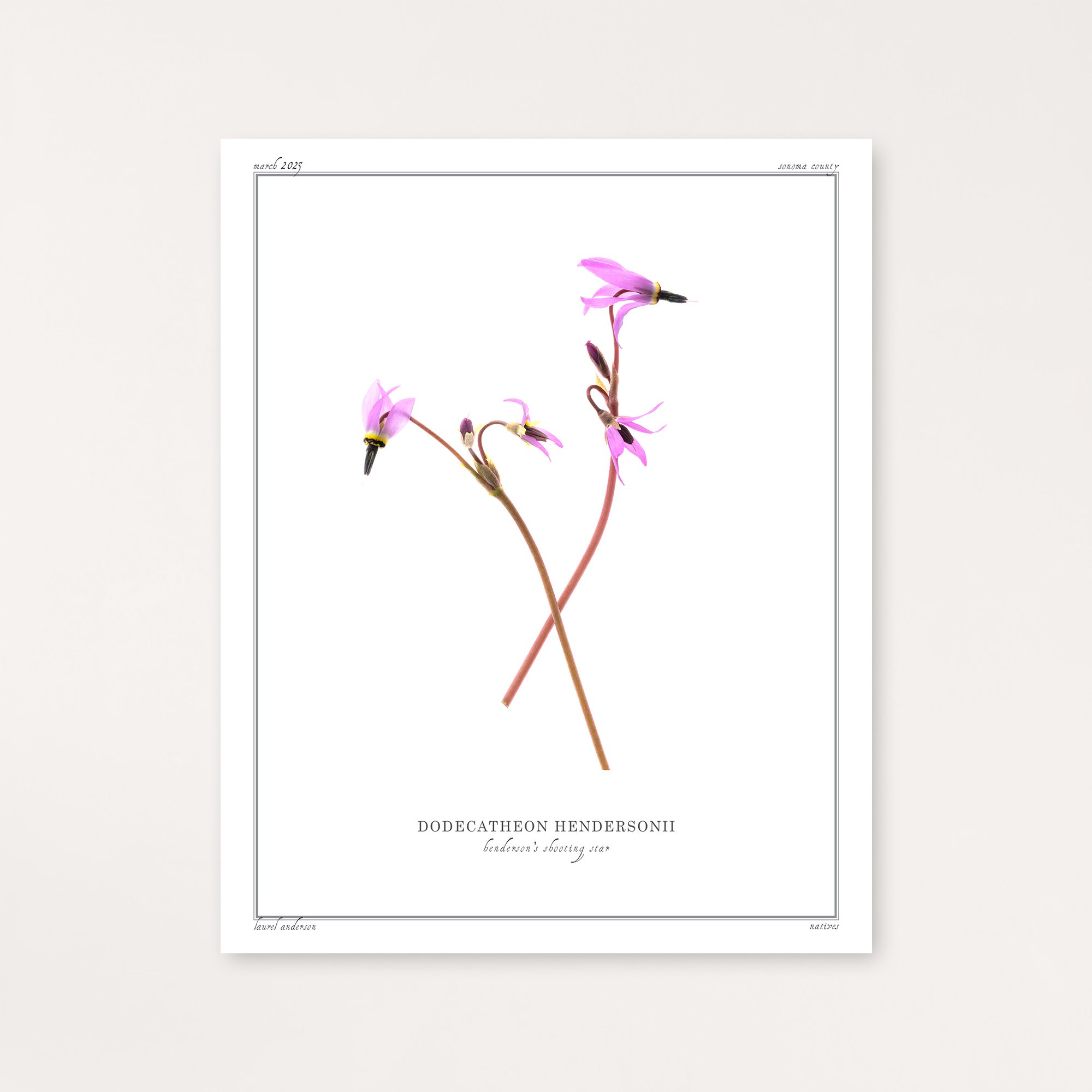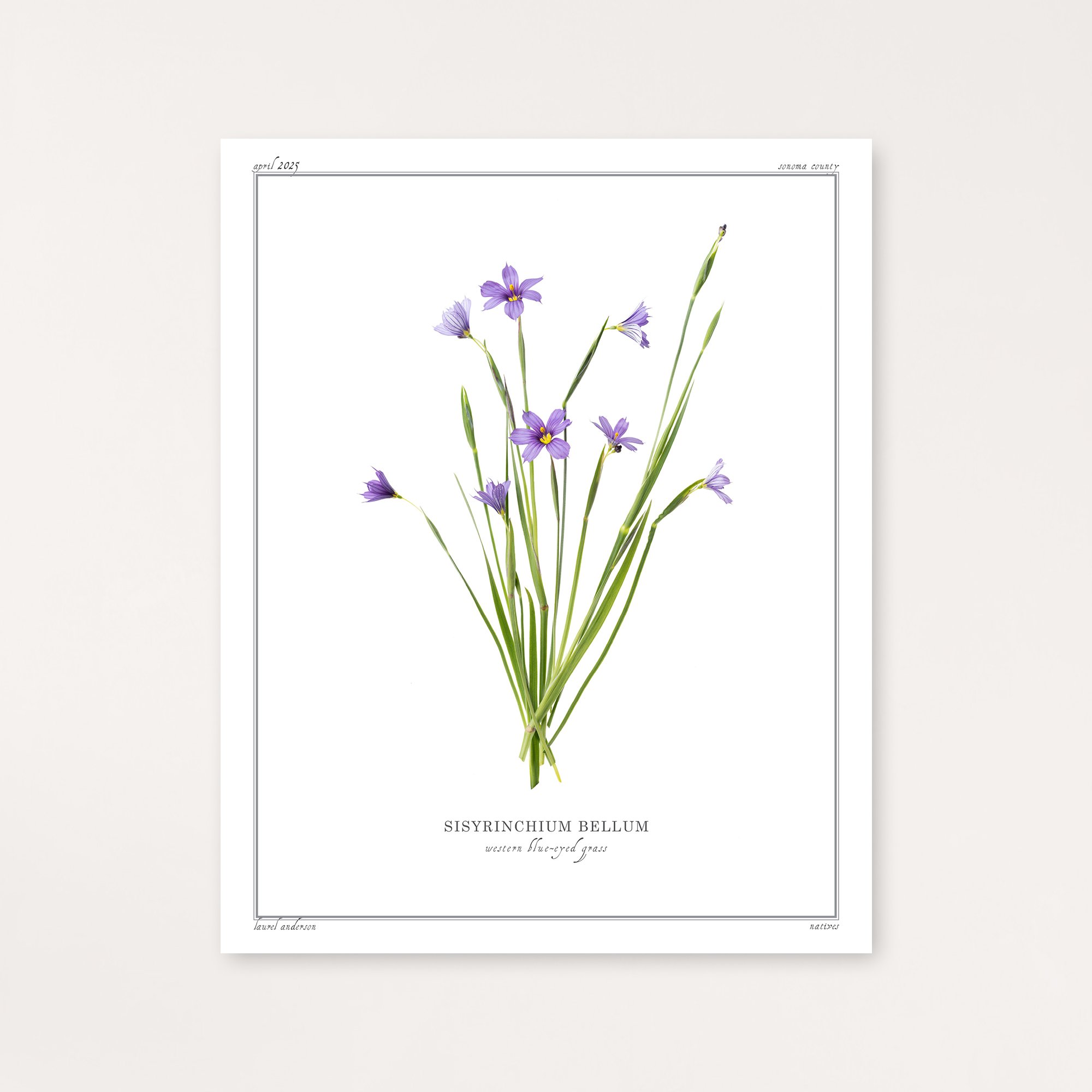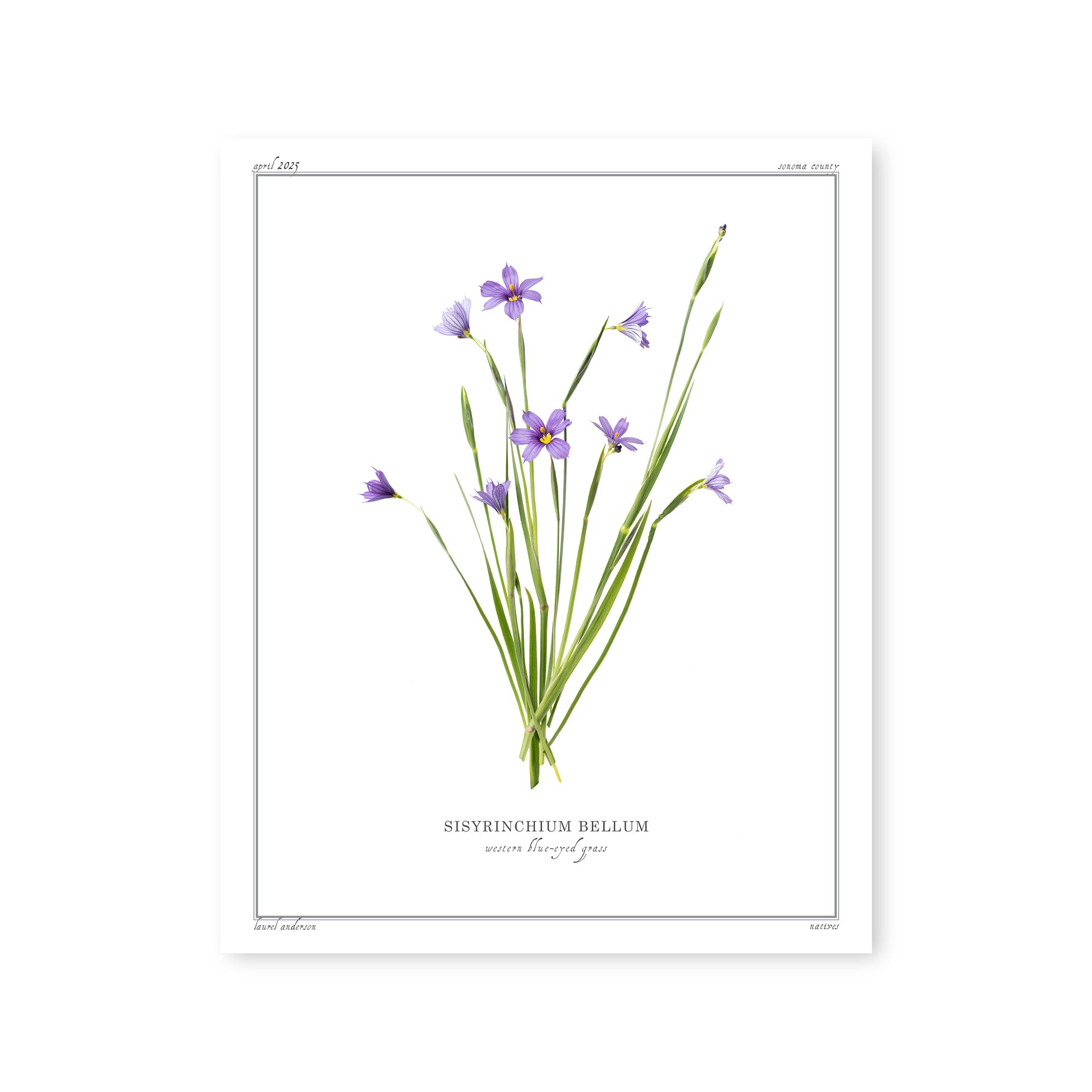 Image 1 of 2
Image 1 of 2

 Image 2 of 2
Image 2 of 2



Arroyo Lupine II
Arroyo Lupine, Lupinus succulentus, is a vibrant annual wildflower native to California and adjacent sections of Arizona and Baja California.
Ecologically, Arroyo Lupine plays a vital role in California's native landscapes. As a member of the legume family, it's a nitrogen fixer, enriching the soil for surrounding plants by converting atmospheric nitrogen into a form usable by plants. It also serves as an important food source for native pollinators, particularly bees. Its ability to thrive in disturbed areas with poor soil makes it a pioneer species in ecological succession, helping to rehabilitate damaged landscapes and compete effectively with invasive weeds.
Each print is made by the artist using archival quality pigment ink on Moab's Entrada Rag Bright 300 paper.
Arroyo Lupine, Lupinus succulentus, is a vibrant annual wildflower native to California and adjacent sections of Arizona and Baja California.
Ecologically, Arroyo Lupine plays a vital role in California's native landscapes. As a member of the legume family, it's a nitrogen fixer, enriching the soil for surrounding plants by converting atmospheric nitrogen into a form usable by plants. It also serves as an important food source for native pollinators, particularly bees. Its ability to thrive in disturbed areas with poor soil makes it a pioneer species in ecological succession, helping to rehabilitate damaged landscapes and compete effectively with invasive weeds.
Each print is made by the artist using archival quality pigment ink on Moab's Entrada Rag Bright 300 paper.





